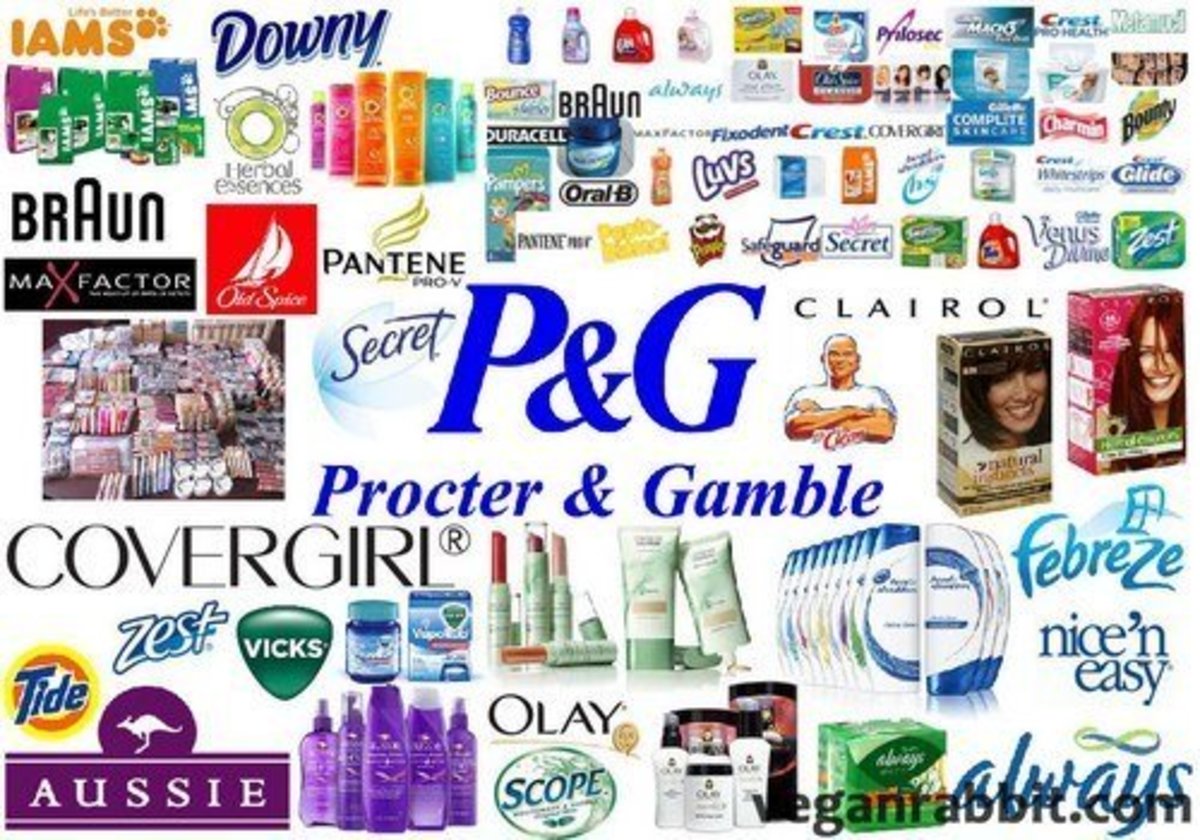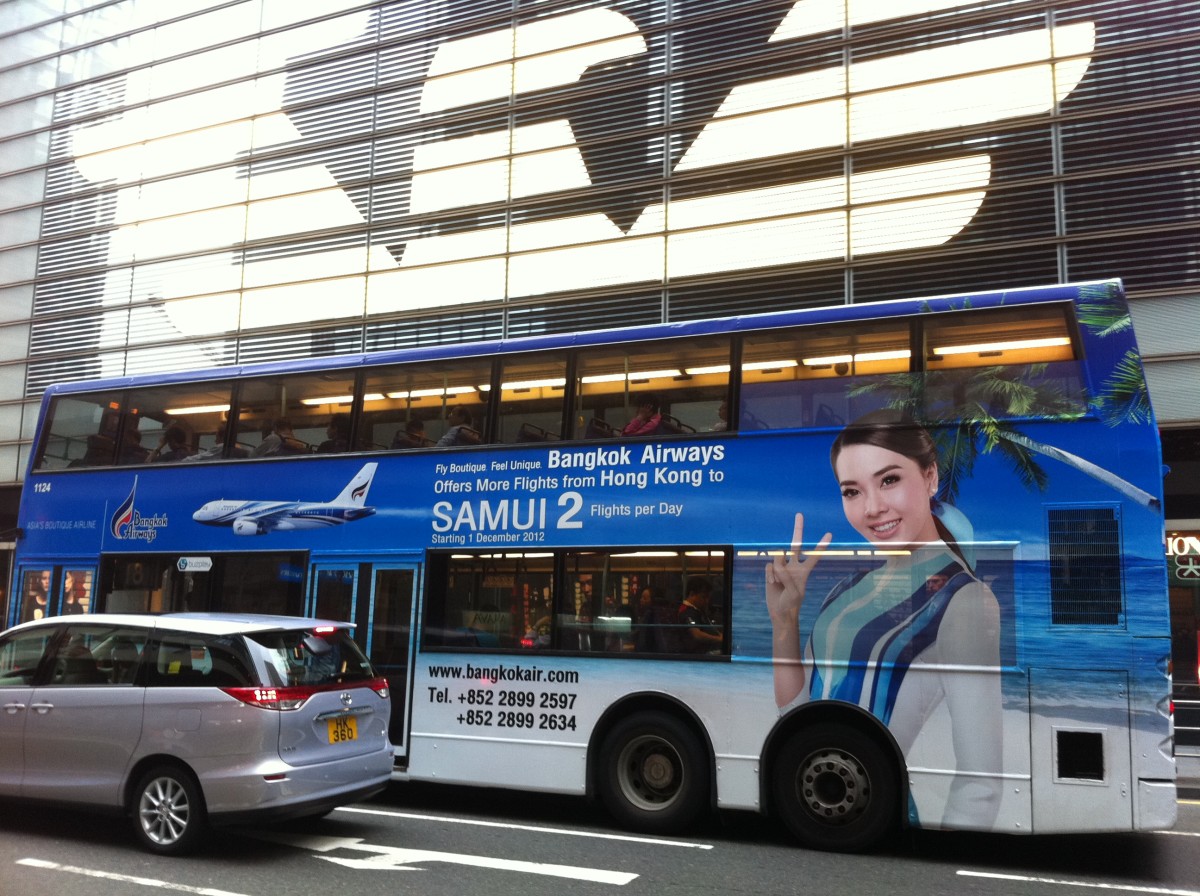SNHU: Intro to Marketing Essays
4 Ps of Marketing
The 4 Ps of marketing is commonly referred to as the marketing mix: product, place, price, and promotion. We know now that marketing is far more complicated than just those 4 Ps and how they relate to customers, but they are important for every business to understand.
To help understand how a business might market a product, choose a brand or product that you are familiar with and discuss the following:
Outline the 4 Ps of that product. What is the product? Where can the product be found (remember, place includes how it is distributed: retail stores, outlets, online)? What is the price (is it more or less expensive than competitors)? How is the product or brand promoted?
Which of the 4 Ps do you think is most important and why? Defend your choice.
From your own experience as a consumer, name a product and share its slogan that you think utilizes the 4 marketing Ps.
Products
For my discussion of the four P’s I chose Kellogg’s Frosted Flakes cereal as my product.
Place
Kellogg’s Frosted Flakes are manufactured inside various Kellogg’s manufacturing plants all over America. Kellogg’s has partnered with Kimberley Clark to transport their products to retailers all over the country by truck. Kellogg’s Frosted Flakes are distributed to many retailers such as Meijer, Wal-Mart, Target, Costco, Amazon.com, and many other stores and sites.
Price
A medium box of Kellogg’s Frosted Flakes tends to be priced around $3.88-$5.94 depending on where it is purchased. Kellogg’s Frosted Flakes biggest competitor would be store brand products similar to frosted flakes. For instance, Wal-Mart sells a cereal called Great Value: Sugar Frosted Flakes Cereal for $2.68. Kellogg’s Frosted Flakes tends to be more expensive than its store brand counterpart.
Promotion
Kellogg’s Frosted Flakes are promoted in a variety of ways. Kellogg’s has created an individual slogan just for frosted flakes, “They’rrrre GR-R-REAT!”. Kellogg’s also has created and have run many frosted flakes television commercials and online ads. Additionally, Kellogg’s has a rewards website where people can redeem codes inside their Kellogg’s cereal boxes online for prizes. Finally, Kellogg’s promotes frosted flakes by giving out coupons online and in the newspaper.
Most important P
The most important of the four P’s of marketing would have to be place. Place is more important than promotion because a product could have great promotion, but if it is not at a place where the customer can buy it then promotion does not matter. Place is also more important than price to me as I am unlikely to want to drive further away just to save $0.10, when the added gas price may end up being more than $0.10. Place is also more important than product because if the store that I shop at has a similar item for about the same price and quality then it is unlikely that I would want to go to a different place just to get the exact product.
Slogan
I believe that Menards’ slogan uses all of the four P’s of marketing; Menards’ slogan is, "Save Big Money at Menards!” This slogan incorporates place because it has the name of the store in the slogan. The slogan itself is the promotion of the Menards’ store. The slogan incorporates price when it says, “save big money”. Finally the product could be either the items that people save money on at Menards and/or the store itself could also be seen as the product.
References
Consumer behavior. (n.d.) TheFreeDictionary.com. (2013). Retrieved from
http://encyclopedia.thefreedictionary.com/consumer+behavior
Kerin, R., Hartley, S., Rudelius, W. Marketing (11th Ed). 2012. McGraw-Hill/Irwin. New York
City, NY.
The 20 Worst Product Failures. (2013). In Sales HQ. Retrieved from September
http://saleshq.monster.com/news/articles/2655-the-20-worst-product-failures
Consumer Behavior
Why is understanding consumer behavior so important for companies? Think of examples where you do not think companies understood their consumers.
Consumer behavior “is the study of individuals, groups, or organizations and the processes they use to select, secure, and dispose of products, services, experiences, or ideas to satisfy needs and the impacts that these processes have on the consumer and society” (TheFreeDictionary.com). Understanding consumer behavior is important for companies because it determines the company’s success or failure. Consumer behavior is so important that Strategic Business Insights created the VALS system to show how and why consumers make purchase decisions. A company needs to understand its’ consumers in order to create and fix products so that their consumers will purchase their products.
Microsoft failed to adequately understand their consumers when they created and launched the Zune in 2006. The Zune was supposed to be Microsoft’s response to Apple’s creation of its’ famous iPod, but Microsoft failed to create a product that their consumer’s would want more than the iPod. The Zune did have its’ good points, for instance it could share music between different players; however consumers wanted a simple to use music device that could use iTunes. In this way Microsoft failed to provide their consumer with what they wanted - a simple music device that could use iTunes
Rewards Cards
What loyalty, reward, or VIP programs cards do you have? (for example, a credit card with points, a grocery store card that gives you money off a gasoline purchase, or even a punch card from where you buy your coffee)?Discuss whether you think this is a good marketing strategy.
I only own a few rewards cards and I do not own any credit cards with points. I have rewards cards to Petco, Panera, and Walgreens. My Petco card is great because I get 5% back on all of my purchases, but the 5% comes in the form of a $5 off coupon at Petco. My Panera card gets me free a pastry on my birthday as well as free food items depending on how much I spend and how often I eat at Panera. My Walgreens card gets me points when I purchase certain items so that when I reach 5,000 points I get a $5 gift card; this card also gets me discounts that only reward members receive.
Rewards cards are a great marketing strategy because they encourage customer loyalty. I am personally more likely to go to a store that offers me rewards than I am to go to a store that does not reward me. In this way I feel that reward cards cause customers to become more loyal because they are getting something for the money they spend. This marketing strategy benefits both the store and its customers because the store is getting customers that are more loyal and they are keeping the customers away from their competitors. Customers benefits because they are being rewarded in some way for their loyalty either with points, free items, and/or exclusive discounts.
References
|
|---|
Kerin, Roger A. (2013), Marketing. (11th Ed.). New York: McGraw-Hill Irwin
|
Market Research
Describe a situation in which you or someone you know has taken part in marketing research. What type(s) of research methods were used?What is your preferred method of market research? Why?What difficulties do you think researchers experience in gathering data?
Market research is “the process of defining a marketing problem and opportunity, systematically collecting and analyzing information, and recommending actions” (Kerin, 2013, p. 192). The only type of market research I have been involved in are surveys. I am a member of a survey site called Pinecone Research; this site sends me emails two to three times a month asking me to take a survey and sometimes to test a product. Pinecone Research uses the research method known as sampling when they ask me to try a product and take a survey about it because they treat my opinions as typical for my age group. I personally find sampling to be my preferred method of market research because it feels like I am involved in the shaping of the product.
I think that the biggest problem researchers face is not knowing if the information is true or not. For instance questionnaire data is just “Facts and figures obtained by asking people about their attitudes, awareness, intentions, and behaviors” (Kerin, 2013, p. 200). There are multiple reasons why data obtained through surveys may be false such as the person taking the survey clicks random answers, the person wants a chance to try the product and feels like he/she will have a better opportunity if they answer a certain way, and/or the person may lie about their personal information, their age and location.
References
|
|---|
Kerin, Roger A. (2013), Marketing. (11th Ed.). New York: McGraw-Hill Irwin
|
LOGO. (n.d.) The American Heritage® Dictionary of the English Language, Fourth Edition. (2003). Retrieved from http://www.thefreedictionary.com/logo
|
Brand Naming
What is your favorite brand?
Discuss whether you think the logo is recognizable and promotes the brand.
How loyal are you toward the brand? Would you purchase this product if the competing product cost less? For example, consider Starbucks Coffee drinkers and how they bond very closely with their brand. Is this how you feel about your brand?
A brand name is “any word, device (design, sound, shape, or color), or combination of these used to distinguish a seller's goods or services” (Kerin, 2013, p. 278). A trade name is “commercial, legal name under which a company does business” (Kerin, 2013, p. 278). My favorite brand and trade name would have to be Sony®. Sony is my preferred brand because of their gaming systems.
A logo is “a name, symbol, or trademark designed for easy and definite recognition, especially one borne on a single printing plate or piece of type” (American Heritage® Dictionary, 2013). Sony’s logo is customarily in block letters with the bottom of the letters slightly faded. Sony also has an additional logo for their PlayStation models; it is a red capital P standing over a yellow, green, and blue striped uppercase S lying flat on under the P. Sony’s brand name logo is very recognizable because it is their name, however, I feel that it lacks a certain quality that would promote the brand; there is nothing special about their logo. I think that Sony’s logo for their PlayStations does a superior job promoting the brand because whenever someone sees PlayStations PS logo they immediately recognize it as PlayStation; it is far more eyecatching than just the word Sony.
I am personally very loyal to Sony because of their PlayStation gaming system. I have continually owned only PlayStations for video gaming. I believe that Sony has an appreciation about what I desire in a gaming system. I would never consider buying an alternative gaming system such as Microsoft’s Xbox® even if the system was less expensive. I feel as though I have a real bond with Sony much like Starbucks® has a bond with their recurring coffee drinkers.
Free Products Strategy
How do you feel about businesses that charge very high prices for products that provide them with a very high profit (e.g., medicine, contact lenses)? Are free products a good pricing strategy?Is it a good strategy to lower prices when economies are doing poorly, and raise them when economies are well?
I personally find that in most cases when a store sells an item for higher than a competitor it is often because the buyer is getting more value than at the other store. However, the store could also be selling the item for more simply to increase their profit or because they try to provide better service by paying their employees more; in order to give higher pay they need to sell the product for more. For instance, when I went shopping for an iPod touch, I found the same iPod being sold at Target and Wal-Mart, but at a different price point. The iPod was less expensive at Wal-Mart than it was at Target; after shopping at both stores I came to the conclusion that Target charged more because either they paid their employees more or because they offered better training to their employees. I came to this conclusion because the employees at Target were much friendlier and more helpful than the ones at Wal-Mart. In this case I feel it is okay for Target to charge more because they are charging their customers for a better experience. I do not feel it is acceptable for a store to charge more for their products just to increase their profit without giving anything back to their customer, such as improved service.
I believe that free products are a great strategy. I personally will try, enjoy, and later buy an item that I initially got for free that I might never have bought without the opportunity to try it for free. For instance I received a free bottle of Pantene age defy shampoo that I gave to my Mom; she loved it and is now buying it all the time, but she never would have paid for a bottle without knowing if she would like it or not in advance.
I feel that it is a great idea to lower prices when economy is doing poorly, and raise them when the economy is doing well. Doing this helps create a sense of loyalty from consumers because it allows consumers to see that the store understands that times are hard and that the store is not trying to bankrupt them. I also feel that once the economy recovers customers are more likely to continue to buy from a retailer who lowered their prices than from a store that would not reduce their prices. A store that refuses to change their prices with the economy could find themselves losing customers, profit, and possibly their business.








